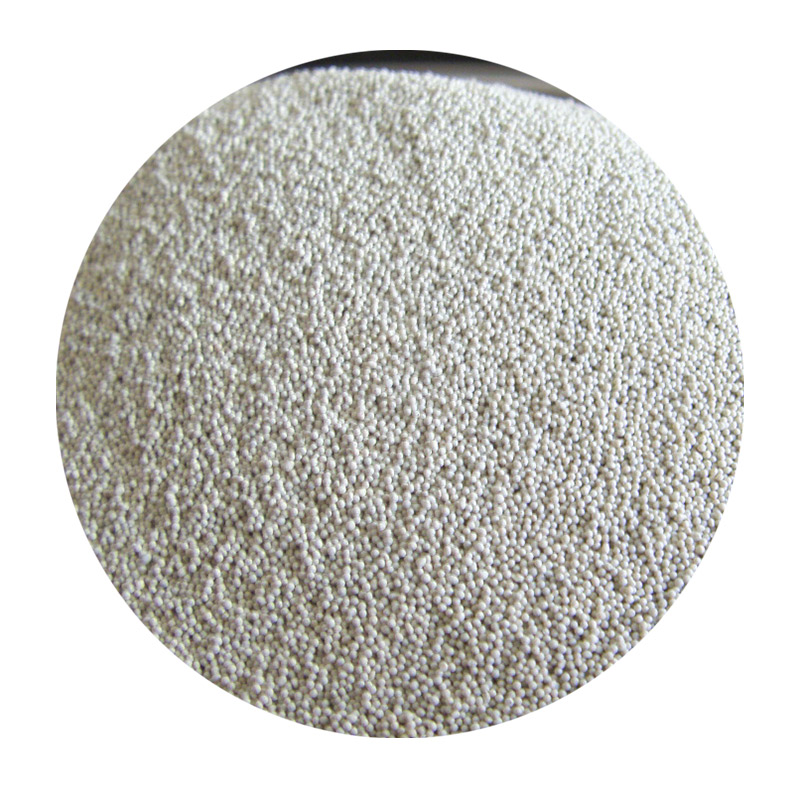The Fascinating World of 3D Sand Art
In recent years, the emergence of 3D sand art has captured the imagination of artists, designers, and enthusiasts alike. This innovative medium transforms the simple grains of sand into intricate and dynamic creations, showcasing an intersection of nature, technology, and artistry. The allure of 3D sand art lies not only in its visual appeal but also in its interactive nature, allowing viewers to engage with the artwork in a unique way.
The Art of Sand
Sand as an artistic medium has been utilized throughout history, from ancient sand mandalas created by Tibetan Buddhist monks to modern-day sand sculptures on beaches. However, 3D sand art takes this practice to an entirely new level, utilizing advanced technology and design techniques to create pieces that appear to defy gravity. Artists manipulate sand particles to form three-dimensional shapes and landscapes, often using techniques inspired by traditional sculpture.
What sets 3D sand art apart from other forms of sand art is the ability to create depth and texture. Artists often use colored sand and various layering techniques to enhance the visual experience. The interplay of light and shadow plays a crucial role in bringing these pieces to life, emphasizing the intricate details and inviting observers to look deeper into the work.
Technology Meets Creativity
The rise of 3D printing technology has revolutionized many fields, and sand art is no exception. Innovative tools and software enable artists to design digital models that can be translated into physical sculptures. This fusion of technology and creativity has not only expanded the possibilities for artists but has also introduced a new era of art appreciation. Viewers can now immerse themselves in interactive installations where sand is manipulated in real time, responding to touch or environmental changes.
3d sand

3D sand art installations often include a playful aspect, where audiences can engage directly with the artwork, such as molding and shaping the sand or creating patterns. This interaction fosters a sense of community and connection as people come together to create, explore, and enjoy the art.
Therapeutic Benefits
Beyond aesthetics, 3D sand art also possesses therapeutic qualities. The act of sculpting and molding sand can be a meditative and calming experience, allowing individuals to disconnect from the stresses of daily life. Many therapeutic programs incorporate sand art as a tool for relaxation and self-expression, providing a medium through which individuals can process emotions and stimulate creativity.
Sand itself, with its natural and tactile qualities, can evoke a sense of peace and nostalgia. Beaches, deserts, and other sandy environments often carry with them fond memories, leading to a deeper emotional connection with the art form. Creating art from sand allows individuals to engage with these memories while fostering mindfulness.
Conclusion
As we look toward the future, the potential of 3D sand art continues to expand. Artists are increasingly exploring new designs and techniques, pushing the boundaries of what's possible with this unique medium. The interplay between art and technology allows for endless creativity, inspiring both artists and audiences to embrace the wonders of sand as a substantial and meaningful material.
In a world that often feels fast-paced and overwhelming, 3D sand art offers a moment of tranquility and reflection. It invites us to explore the beauty of nature, the creativity within ourselves, and the joy of collective artistic expression. Whether through stunning installations or simple acts of molding and shaping, 3D sand art is a testament to the power of creativity, inviting us to discover the extraordinary hidden within the ordinary.
Post time:નવેમ્બર . 08, 2024 23:41
Next:Materials Employed in Sand Casting Processes for Optimal Results and Quality
